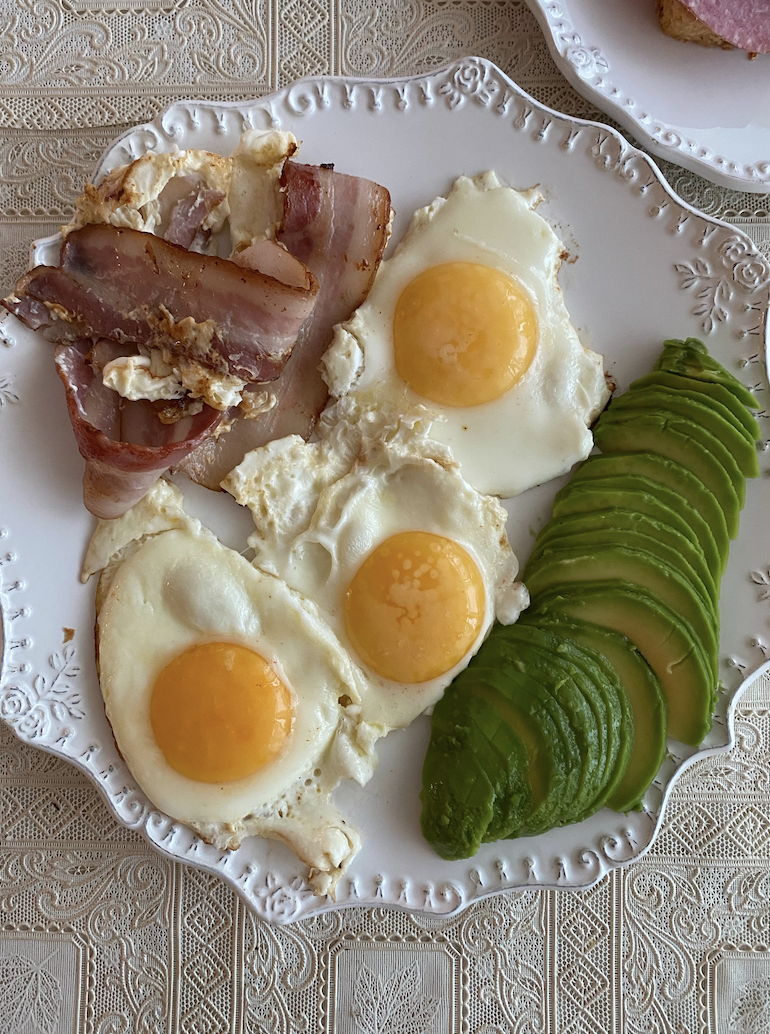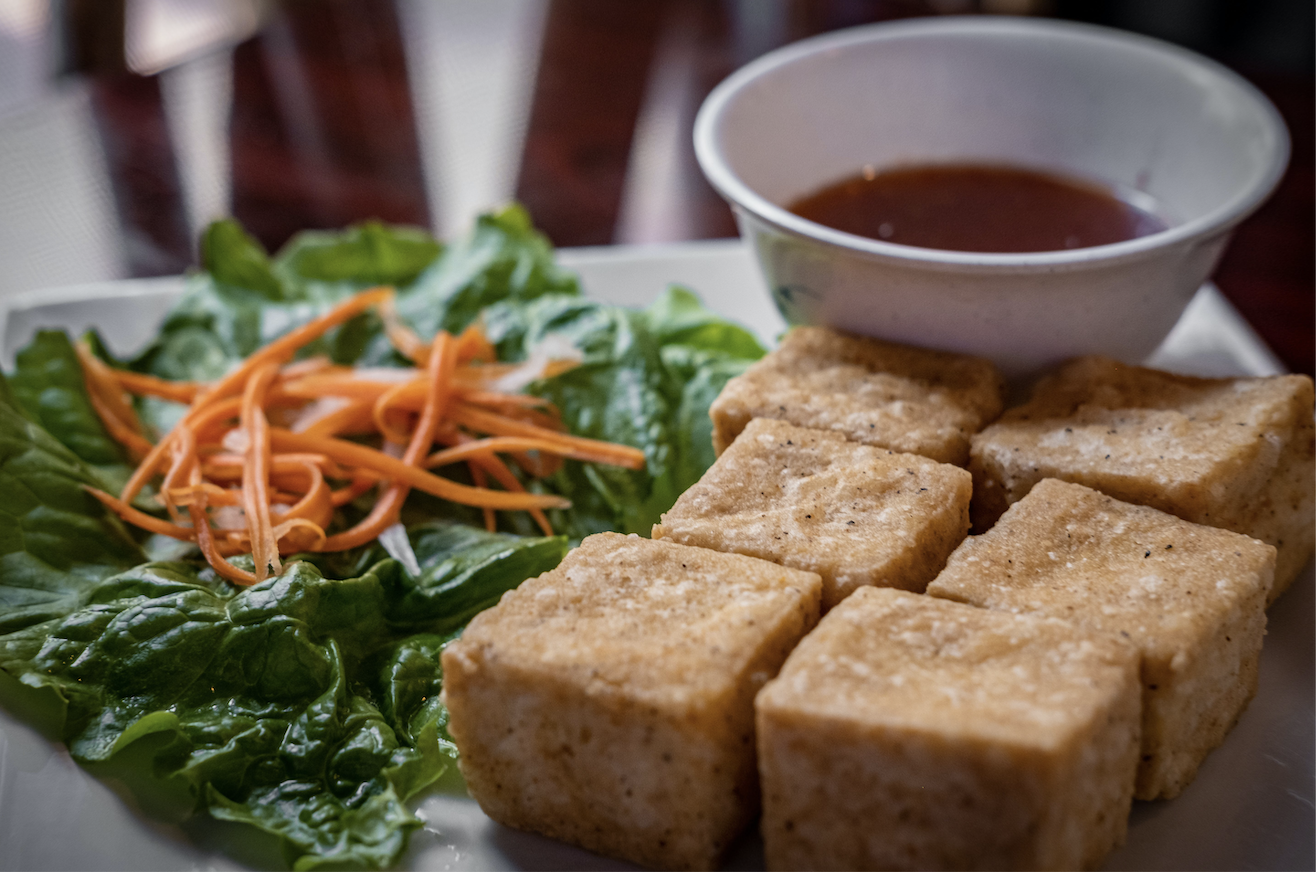
People nowadays tend to be more health conscious, owing to the availability of information online on what is good for the health and what is harmful. Keto, low fat, low carb, and the like have become household terms.
We all have a general idea what foods are considered good for the health: fruits, green and leafy vegetables, nuts, those which are high in fiber content. No-no foods include those which are sweet, salty, fried, and high in fat. When we say fat, we imagine obese individuals, clogged arteries, and we always associate fat with heath diseases and other health issues.
But we also hear that there is good fat. Hmm… Sounds like an oxymoron, right? Let’s check out what fat is considered good and what is bad for the health.
Like protein and carbohydrates, fat is essential to our diet. They are our body’s source of energy. Some functions of our body rely on fat, like some vitamins need fat to dissolve into the bloodstream to give nutrients.
Instead of going on a low-fat diet, it’s better to eat “good” fats and avoid the bad ones.
Let’s identify different types of fat and check out which are harmful or good for our body.

THE GOOD FATS
Good fats are monounsaturated and polyunsaturated fats. They lower the risk of having diseases. Foods high in these kinds of good fats include vegetable oils like olive, sunflower, safflower, soy, sesame, and corn. They are also found in fish, seeds, and nuts.
Monounsaturated fats’ main characteristic is that they are usually liquid at room temperature but become solid when chilled.
Monounsaturated fats can reduce cholesterol levels in the blood. This can lower the risk of heart diseases and stroke. These fats also provide nutrients to help develop and maintain the body’s cells. Oils, such as olive oil and those mentioned earlier, also provide vitamin E, an antioxidant.
Polyunsaturated fat is found in plant and animal foods like salmon, nuts, and seeds. These fats can lower your low-density lipoprotein (LDL) cholesterol which is sometimes called “bad cholesterol,’ high levels of which can raise your risk for heart diseases and stroke.
Polyunsaturated fats have omega-3 and omega-6 fats, essential fatty acids the body needs for brain function and cell growth. Our bodies do not produce these essential fatty acids, so we must get them from the foods we eat.
Omega-3 fatty acids are good for the heart because they help reduce triglycerides, a type of fat in the blood. They also reduce the risk of getting arrhythmia or irregular heartbeat. As well, they help to reduce the buildup of plaque (which consists of fat, cholesterol, and calcium) which can clog the arteries. They also help lower our blood pressure. Foods that are rich in Omega-3 fatty acids include mackerel, salmon, cod liver oil, herring, oysters, sardines, anchovies, caviar, flaxseed, chia seeds, walnuts, soybeans,
Omega-6 fatty acids may help control blood sugar, reduce the risk of diabetes, and lower blood pressure. Foods that contain high Omega-6 fatty acids include walnuts, safflower oil, tofu, hemp seeds, sunflower seeds, peanut butter, avocado oil, eggs, almonds, and cashew nuts.

SATURATED FATS: THE “MIDDLE GROUND” FATS
We’ll call them “middle ground” fats because they’re neither absolutely bad but they are also not really good. So, nutritionists tell us to limit consumption of foods which are high in saturated fats because eating too much of them can increase blood cholesterol levels and LDL (bad) cholesterol levels, heart disease, and other health problems.
Most animal fats are saturated fats. They’re found in high fat meats and dairy products. Foods high in saturated fats include fatty cuts of meat, meat products like sausages and pies, butter, ghee, lard, cheese, cream, soured cream, ice cream, chocolate confectionery, biscuits, cakes, pastries, palm oil, coconut oi, and coconut cream.
TRANS FATS: THE BAD FATS
These are the worst type of fat for the health. The Mayo Clinic calls trans fats “double trouble for heart health” because they raise “bad” cholesterol and also lowers “good” cholesterol.
Trans fats are produced when liquid oils are turned into solid fats, like shortening or margarine. These are called partially-hydrogenated oils (PHOs).
In recent years, the food industry has made great progress in reducing use of trans fat, but it is still found in many food items that are fried, packed, or processed foods like commercially baked cakes, pies, cookies, and refrigerated dough. Shortening, stick margarine, and anything fried and battered still contain high levels of trans fats.

Food items that seem innocuous contain high trans fats: potato chips, popcorn, french fries, donuts, and fried chicken.
The body does not benefit from trans fats so we should avoid it or if you must, eat just as little as possible. It is so unhealthy that several countries have limited or banned the use of trans fats.
To recap…
AVOID: Trans fats
LIMIT: Saturated fats
GOOD: Monounsaturated and polyunsaturated fats
Tags
References:
FATS AND CHOLESTEROL
THE TRUTH ABOUT FATS
https://www.health.harvard.edu/staying-healthy/the-truth-about-fats-bad-and-good
MONOUNSATURATED FATS
OMEGA-3
https://www.healthline.com/nutrition/12-omega-3-rich-foods
OMEGA-6
https://www.healthline.com/nutrition/omega-6-foods
FAT: THE FACTS
https://www.nhs.uk/live-well/eat-well/food-types/different-fats-nutrition/
TRANS FATS
TRANS FAT MAYO CLINIC



0 Comments